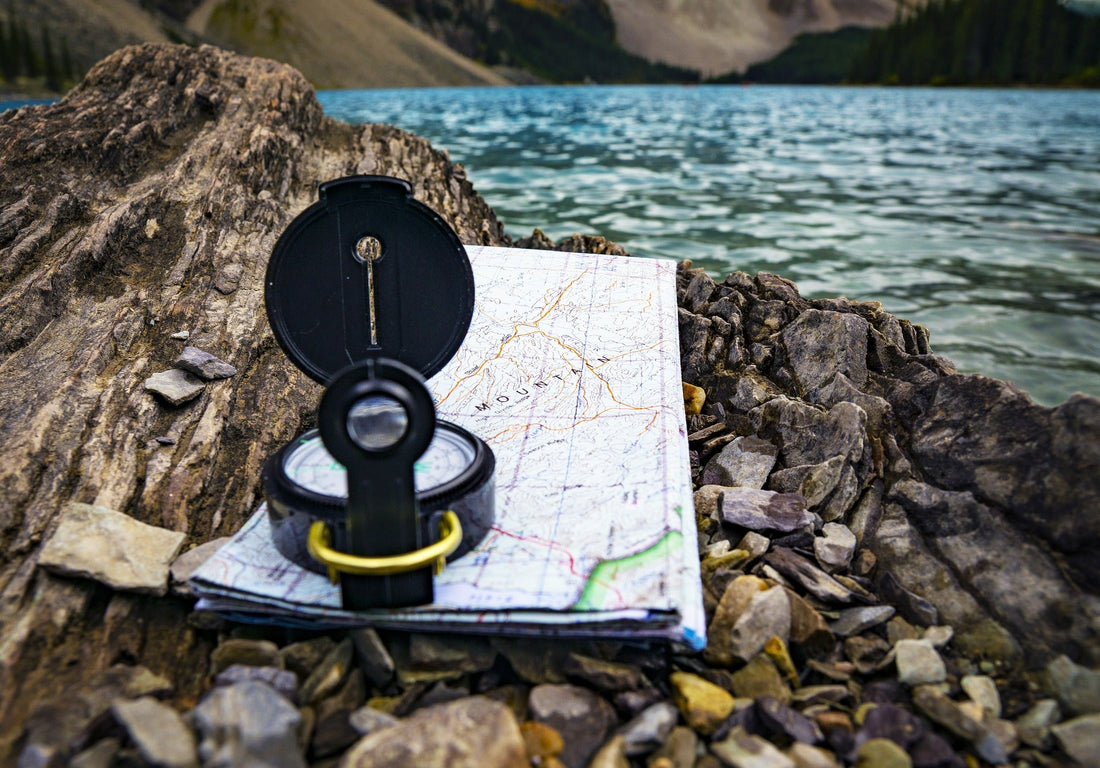Whether you're exploring well-marked trails or venturing off the beaten path, mastering navigation techniques is crucial for a safe and enjoyable hiking experience.
In this article, we'll delve into the top navigation techniques every hiker should learn to confidently navigate through the great outdoors.
Understanding Maps and Compass:
- Map Reading: Familiarize yourself with topographic maps, symbols, and contour lines to interpret terrain features.
- Compass Use: Learn how to orient a map using a compass, determine your location, and follow bearings.
Using Landmarks and Visual Cues:
- Landmarks: Identify prominent natural features, such as mountains, rivers, and rock formations, to stay oriented.
- Visual Cues: Notice changes in terrain, vegetation, and rock formations to track your progress.
Trail Markers and Signposts:
- Blazes and Markers: Understand trail markers, blazes, and cairns used to indicate trail routes.
- Signposts: Pay attention to trailhead signs, junction markers, and mileage indicators for accurate route guidance.
GPS and Technology:
- GPS Devices: Familiarize yourself with GPS units for precise location tracking and route planning.
- Mobile Apps: Explore hiking apps with GPS capabilities, offline maps, and trail data for modern navigation convenience.
Dead Reckoning and Pacing:
- Dead Reckoning: Estimate your current position based on a previously known point, direction, and distance traveled.
- Pacing: Use your average walking pace to estimate distances and track progress on the trail.
Navigation Tools for Safety:
- Emergency Bearings: Learn how to use a compass to find your way back to safety in case of disorientation.
- Sun and Stars: Understand how the sun's position and celestial navigation can guide you during the day and night.
Practice and Preparation:
- Simulated Navigation: Hone your skills in controlled environments before tackling challenging trails.
- Pre-Trip Planning: Plan your route, mark key waypoints, and prepare for possible detours.
Navigating the wilderness is an art that blends science, observation, and intuition. By mastering these top navigation techniques, you'll be well-equipped to confidently explore the outdoors, stay on course, and find your way back to civilization if needed.
As you embark on your next hiking adventure, remember that the ability to navigate not only enhances your safety but also deepens your connection with nature's wonders.

